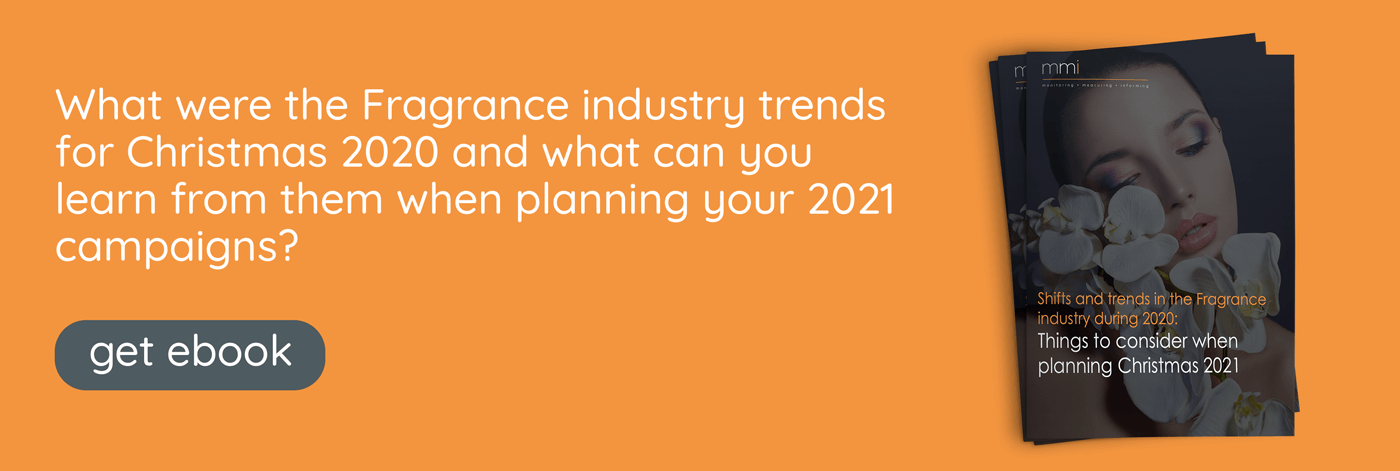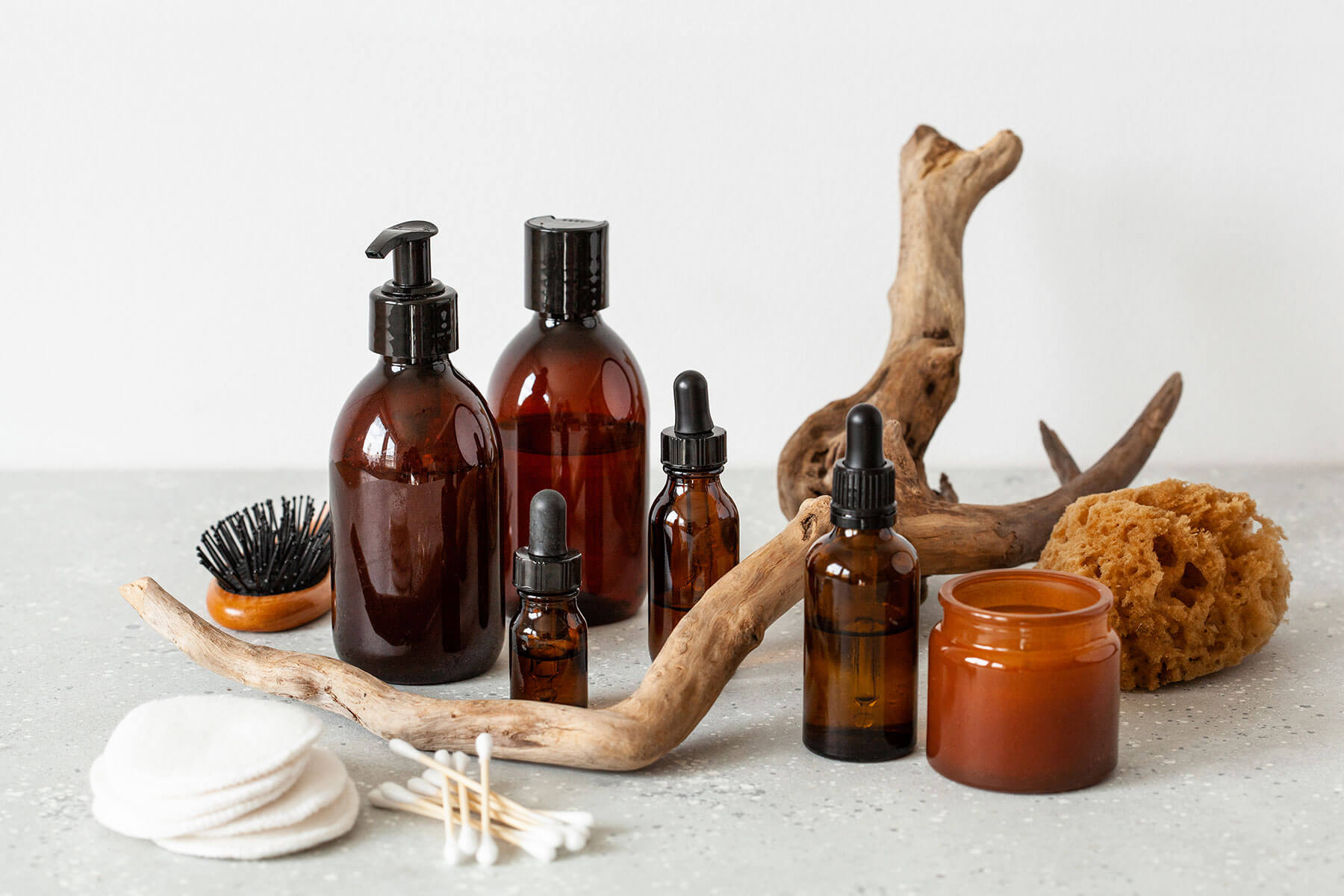The online path to purchase can take some twists and turns en route. Beauty lovers might be lured by a retargeting campaign gone right, or a grid post from their favourite influencer. And, yet, no matter where your customers’ purchase journey ends – it will usually involve a trip to a product detail page (PDP) at some point.
The presence of an ‘add to basket’ button is reason enough to hold your PDPs in high esteem. However, there are a host of other factors that give the online product page added importance. Here, we reveal five statistics that demonstrate its purchase-driving power, plus how you can optimise your pages to boost conversion rates…
1. 87% of consumers rate product content ‘very important’ when deciding to buy
Your product page is more than a point of sale – it’s a content marketing tool. The copy and visuals you curate for these pages play a vital role in bringing each product to life. Whether you need images to evoke fragrance notes or text that highlights a face cream’s many benefits, it’s important your content is optimised across every etailer you work with (even though the final sale may happen elsewhere).
2. 50% have returned an item online because it didn’t match the product description
This means your content doesn’t just need to be compelling – it must be completely accurate, too. Check your visuals represent the product clearly, and your copy makes credible claims you can back up with results. Otherwise, skewing the truth doesn’t just run the risk of a returned mascara or lipstick; the trust your customers have in your whole brand could also be impacted.
3. 98% of shoppers have been dissuaded from a purchase due to incomplete product content
If your copy and images leave shoppers with more questions than answers, they might just tap onto a competitor page with more complete product information. 60% of shoppers say they need to see at least 3-4 images before making a purchase, while 55% claim they use online video while actually shopping in-store. Despite this, mmi data found that 54% of fragrance product pages feature 0-2 images, while 84% are missing a video.
4. 65% of US shoppers compare prices online while they’re in a store
The majority of customers who discover your products at beauty counters are turning to their phones, then browsing the web to see if they can find a better price online. This highlights the need to track your pricing and ensure it remains competitive. You can do so quickly and efficiently with a whole-market measuring tool, such as mmi pricePOINT.
5. Out of stock fragrances tripled online in the first three quarters of 2020
Meaning, last year, more customers would have seen ‘add to basket’ buttons replaced with ‘out of stock’. This statistic serves to remind brands that tracking stock levels is vital to ensure you don’t miss out on sales. Otherwise, all of the marketing efforts that led to that point of purchase are rendered redundant.
Your Online Product Page Checklist
Now you know how every last element of a product page can impact your complete customer journey, it’s important to ensure your digital shelf is optimised. Simply follow this checklist:
- Include a video that demonstrates the benefits of your product. This could be a campaign trailer for a fragrance or a step-by-step makeup tutorial.
- Add 3-4 images – at least – that demonstrate the texture of a product, its ingredients and the results it delivers, as well as any packaging details (i.e. dispensers and lids used).
- Write descriptive copy that tells a credible and compelling story. Include SEO keywords to make your product page more visible in Google and etailer search results.
- Track pricing across etailers using a tool that allows you to see every SKU on every store. That way, you can measure how competitive your product prices are.
- Monitor stock levels to avoid losing sales at the end of the customer journey. Analyse peaks and troughs over time, so you can mitigate future out of stock issues.
- Always assume that the consumer will seek out information from a number of sources – including in-store, online or through their favourite influencer. The information they see should align and have a consistent message across all touchpoints.
Up next: Looking for more tips on optimising your product pages? Read our complete guide to the importance of images on the digital shelf.




